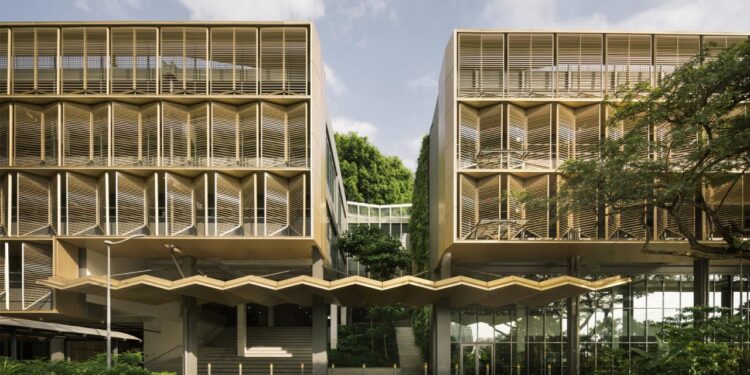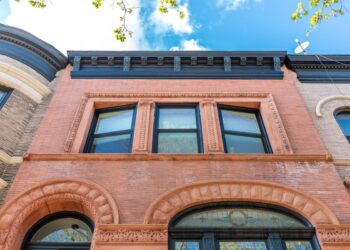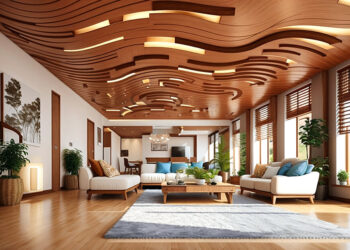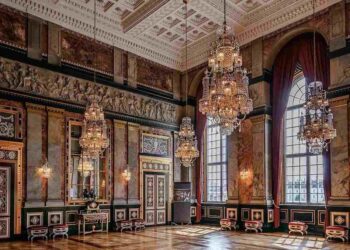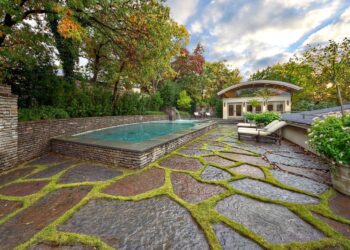In an era defined by urgent climate action and escalating energy costs, the construction industry is undergoing a profound transformation. No longer is it enough for buildings to simply stand; they must actively contribute to a sustainable future. This paradigm shift is encapsulated by the rise of Net-Zero Buildings, structures designed and operated to produce as much energy as they consume over the course of a year. Net-Zero Buildings Built signifies a critical milestone in our global journey towards environmental stewardship and energy independence. This isn’t just an architectural ideal; it’s a practical, economically viable solution for reducing carbon footprints, enhancing occupant well-being, and creating a truly resilient built environment, particularly relevant for a nation like Indonesia facing both energy demands and climate vulnerabilities.
More Than Just “Green”
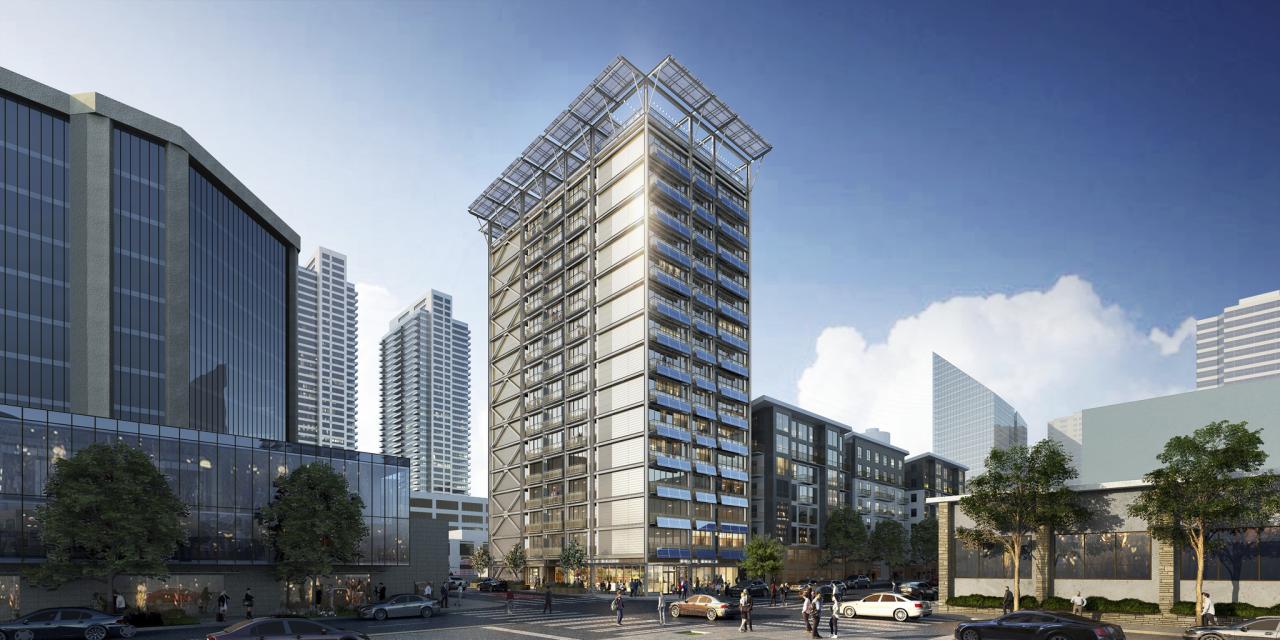
The concept of a net-zero building goes significantly beyond what is traditionally considered “green” or “energy-efficient.” It represents the pinnacle of sustainable construction, achieving a remarkable balance between energy generation and consumption.
A. Defining Net-Zero Energy (NZE):
- Energy Balance: An NZE building consumes only as much energy as it produces on an annual basis, typically from renewable on-site sources. This means its net energy consumption is zero.
- Measurement: This balance is typically measured in kilowatt-hours (kWh) over a 12-month period.
- Beyond Efficiency: While extreme energy efficiency is a prerequisite, NZE status requires the addition of on-site renewable energy generation.
- Grid Connection: Most NZE buildings remain connected to the electrical grid, allowing them to draw power when needed (e.g., at night or on cloudy days) and feed excess power back into the grid when producing more than they consume. This “net metering” is crucial for balancing energy flows.
B. Key Terminology within the Net-Zero Spectrum:
- Net-Zero Energy Ready (NZEr): A building designed and constructed to achieve NZE performance if and when renewable energy systems are installed. This provides a clear path to NZE in phases.
- Net-Zero Carbon (NZC): Focuses on eliminating or offsetting all carbon emissions associated with a building’s operation (operational carbon) and often its construction (embodied carbon). While related, NZE primarily targets energy, while NZC targets greenhouse gas emissions.
- Net-Zero Water: A building that captures and treats as much water on-site as it consumes, minimizing reliance on municipal water systems. This is especially relevant in water-stressed regions.
- Net-Zero Waste: A building that diverts 90% or more of its waste from landfills through recycling, composting, and reuse.
- Plus-Energy Buildings: Structures that produce more energy than they consume, effectively becoming energy exporters. This is the ultimate goal for many advanced green building initiatives.
C. The Urgency of the Shift:
- Climate Change Mitigation: Buildings are major contributors to global greenhouse gas emissions (estimated at nearly 40% of global energy-related CO2 emissions). NZE buildings are critical for decarbonizing the built environment.
- Energy Security: Reducing reliance on fossil fuels and external energy sources enhances national and local energy security.
- Operating Cost Reduction: For building owners, NZE translates directly into dramatically lower or even zero energy bills, providing significant long-term financial benefits.
- Occupant Health and Comfort: NZE buildings often incorporate superior insulation, ventilation, and daylighting, leading to healthier and more comfortable indoor environments.
Building Blocks of Net-Zero Achievement
Achieving net-zero energy is a comprehensive process that integrates design, technology, and operational practices. It follows a hierarchical approach, prioritizing efficiency before generation.
A. Drastically Reduced Energy Demand (The “Load Reduction First” Principle):
- Optimal Building Orientation: Strategically positioning the building on its site to maximize passive solar heating in winter and minimize solar gain in summer. This is vital in tropical climates like Indonesia to reduce cooling loads. Architects meticulously analyze sun paths, prevailing winds, and local microclimates to ensure optimal placement, leveraging natural ventilation and shading.
- High-Performance Envelope: The building’s shell is its first line of defense against energy loss or gain.
- Superior Insulation: Using thick, high-R-value insulation in walls, roofs, and foundations to minimize heat transfer. This includes advanced materials like rigid foam boards, spray foam, and mineral wool, often exceeding standard building code requirements.
- Air Sealing: Meticulous sealing of all cracks and penetrations (around windows, doors, pipes, and electrical outlets) to prevent uncontrolled air leakage, which is a major source of energy loss. This creates a “tight” building envelope, crucial for maintaining consistent indoor temperatures. Blower door tests are often used to verify airtightness.
- High-Performance Windows and Doors: Utilizing double or triple-pane glazing with low-emissivity (low-e) coatings, inert gas fills (like argon), and thermally broken frames to reduce heat transfer and unwanted solar gain. Strategic shading devices (overhangs, fins, external blinds) also play a critical role in managing solar heat gain.
- Efficient Lighting:
- Daylighting: Maximizing natural light penetration through strategically placed windows, skylights, light tubes, and light shelves to reduce the need for artificial lighting during the day. Design considers glare control and uniform light distribution.
- LED Lighting: Using highly efficient Light Emitting Diode (LED) fixtures, which consume significantly less energy (up to 80-90% less) and have a much longer lifespan than traditional incandescent or fluorescent bulbs.
- Lighting Controls: Implementing occupancy sensors (lights turn off when rooms are empty), daylight dimming controls (lights dim when natural light is sufficient), and smart lighting systems that turn lights off when not needed or dim them based on available natural light and scheduled occupancy.
B. Highly Efficient Systems and Appliances:
- HVAC (Heating, Ventilation, and Air Conditioning): After minimizing heating/cooling loads through the envelope, efficient systems are key.
- Geothermal Heat Pumps: Utilizing the stable underground temperature for highly efficient heating and cooling. These systems involve circulating fluid through underground loops, leveraging the Earth’s constant temperature.
- High-Efficiency Air-Source Heat Pumps: These systems move heat rather than generating it, significantly more efficient than electric resistance heating or traditional AC units. They can provide both heating and cooling.
- Energy Recovery Ventilators (ERVs) / Heat Recovery Ventilators (HRVs): These systems capture heat or coolness from outgoing stale air and transfer it to incoming fresh air, maintaining indoor air quality in “tight” buildings without significant energy loss. ERVs also manage humidity, crucial for comfort in humid climates.
- Efficient Appliances: Specifying ENERGY STAR certified or equivalent high-efficiency appliances (refrigerators, washing machines, dishwashers, water heaters, induction cooktops). These appliances consume less water and electricity.
- Smart Building Controls (BMS/BAS): Implementing sophisticated Building Management Systems (BMS) or Building Automation Systems (BAS) that optimize energy use by intelligently controlling HVAC, lighting, hot water, and other systems based on occupancy schedules, real-time sensor data, weather forecasts, and even utility pricing signals. This ensures Smart Homes Redefine Living in a sustainable way by constantly optimizing performance.
C. On-Site Renewable Energy Generation:
- Solar Photovoltaics (PV): The most common and effective method for on-site renewable energy generation. Solar panels installed on roofs (rooftop PV), integrated into building facades (building-integrated PV or BIPV), or as ground-mounted arrays directly convert sunlight into electricity. System sizing is critical to meet the reduced annual energy demand.
- Solar Thermal: Using solar collectors to heat water for domestic use or space heating, reducing the load on electric or gas water heaters.
- Small-Scale Wind Turbines: Less common for individual buildings but viable in specific locations with consistent wind resources, particularly in rural or coastal areas.
- Geothermal Energy: While often used for HVAC, larger-scale geothermal systems can also generate electricity in geologically active regions.
D. Continuous Monitoring and Optimization:
- Energy Monitoring Systems: Installing sensors and meters (smart meters) to continuously track real-time energy consumption and production from all sources and loads, providing granular data.
- Data Analysis: Analyzing this energy data using dashboards and analytics platforms to identify patterns, pinpoint areas of inefficiency, optimize system performance, fine-tune controls, and identify behavioral changes that can further reduce demand. This iterative process is crucial for achieving and maintaining NZE status.
- Commissioning and Re-commissioning: Rigorous testing of all building systems during and after construction to ensure they are operating as designed and meeting performance targets. Periodic re-evaluation (re-commissioning) helps to maintain peak performance throughout the building’s lifespan.
The Benefits of Net-Zero Buildings
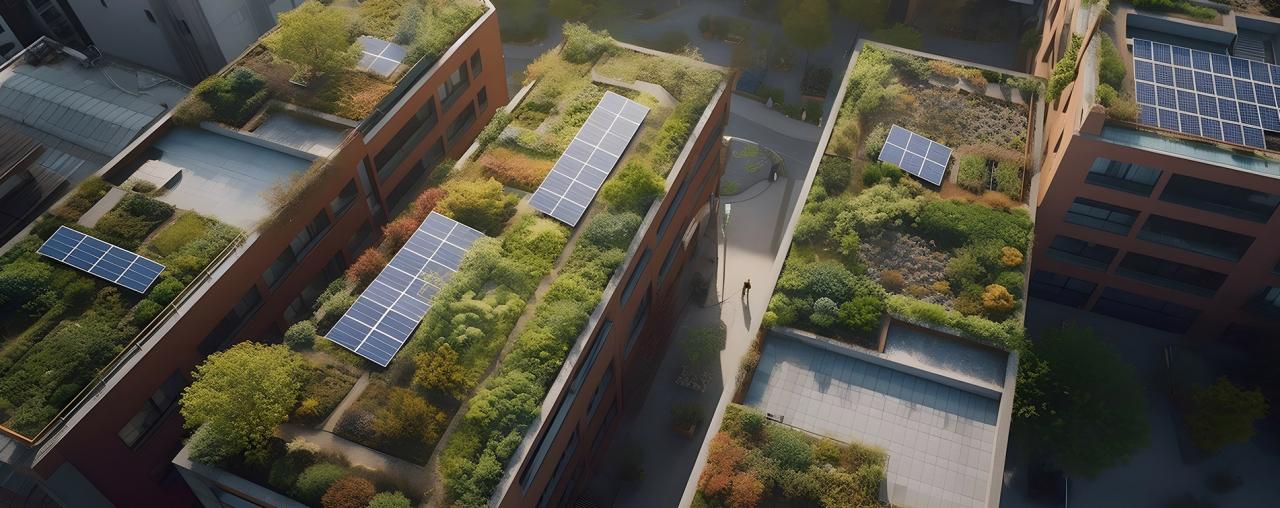
The widespread adoption of NZE buildings promises a multitude of benefits, extending from individual occupants to national economies and the global environment.
A. Environmental Stewardship:
- Drastic GHG Reduction: Direct reduction of greenhouse gas emissions from building operations, contributing significantly to climate change mitigation targets and national climate pledges.
- Reduced Reliance on Fossil Fuels: Less demand for coal, oil, and natural gas for electricity generation, leading to cleaner air, reduced environmental pollution, and conservation of finite resources.
- Preservation of Natural Resources: Promoting resource efficiency in construction (e.g., using recycled or locally sourced materials) and operation (e.g., water conservation).
B. Economic Advantages:
- Eliminated or Dramatically Reduced Energy Bills: For building owners and occupants, this is a direct and significant financial incentive, offering substantial long-term savings that can quickly offset initial investment.
- Increased Property Value: NZE buildings often command higher market values, attract premium rents, and boast faster sales due to their lower operating costs, superior comfort, and strong environmental credentials.
- Job Creation: Stimulates growth in the green building sector, including specialized design, construction, renewable energy installation, and maintenance jobs, fostering new economic opportunities.
- Energy Independence: Reduces vulnerability to fluctuating energy prices, geopolitical energy shocks, and disruptions in the energy supply chain, enhancing both household and national energy security.
- Lower Maintenance Costs: High-quality, durable components and integrated systems typical of NZE buildings often require less frequent maintenance and have longer lifespans.
C. Enhanced Occupant Well-being:
- Superior Indoor Air Quality: Tight envelopes combined with controlled ventilation (ERVs/HRVs) prevent the infiltration of outdoor pollutants and allergens while ensuring a constant supply of fresh, filtered air, leading to healthier living and working environments.
- Thermal Comfort: Consistent indoor temperatures without drafts or hot/cold spots, thanks to excellent insulation and efficient HVAC systems, creating a more comfortable and productive environment.
- Abundant Natural Light: Increased access to daylight has proven benefits for mood, productivity, cognitive function, and the regulation of circadian rhythms, contributing to Wellness Design Prioritized and overall occupant satisfaction.
- Reduced Noise Pollution: High-performance envelopes also provide superior acoustic insulation, creating quieter indoor environments, beneficial for focus and rest.
D. Increased Resilience and Durability:
- Extreme Weather Preparedness: NZE buildings are often designed to be highly durable and resilient, capable of withstanding extreme weather events (e.g., storms, heatwaves) due to robust construction and superior envelopes.
- Grid Independence (with battery storage): When paired with battery storage systems, NZE buildings can operate off-grid during power outages, providing critical backup power for essential services during emergencies, enhancing household and community resilience. This is crucial for Resilient Architecture Evolves.
- Longer Lifespan: The focus on high-quality materials, meticulous construction techniques, and advanced systems often leads to buildings with longer operational lifespans and lower depreciation.
E. Market Leadership and Innovation:
- Competitive Advantage: Organizations and developers that adopt NZE principles demonstrate leadership in sustainability, attracting environmentally conscious customers, tenants, and top talent.
- Innovation Catalyst: The pursuit of NZE drives continuous innovation in building materials, energy systems, construction techniques, and smart technologies, contributing to Material Innovation Drives Design.
- Best Practices Dissemination: NZE projects serve as living laboratories and benchmarks, demonstrating best practices that can be replicated and scaled across the construction industry globally.
Conclusion
The widespread adoption of Net-Zero Buildings is no longer a futuristic dream but a tangible imperative for our planet and our economy. From the meticulous design strategies that dramatically reduce energy demand to the integration of powerful on-site renewable energy systems, these structures are redefining what it means to build responsibly. Net-Zero Buildings Built not only offer a pathway to drastically cut carbon emissions and achieve energy independence but also provide healthier, more comfortable, and economically beneficial spaces for occupants.
As Sustainable Buildings Emerge and Resilient Architecture Evolves, the challenges of higher upfront costs and design complexity are being steadily overcome by innovative solutions, supportive policies, and a growing pool of expertise. The future of our built environment is undeniably net-zero, promising a world where our infrastructure harmonizes with nature, leading to Smart Homes Redefine Living and communities that truly thrive. The commitment to building net-zero today is the foundational investment in a healthier, more prosperous, and sustainable tomorrow for all.

